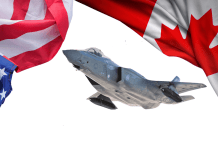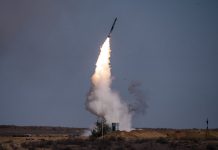Singapore announced on February 24 that the country would purchase eight additional F-35B Lightning II fighter jets on top of the four for which a deal was signed in 2019. The announcement indicates that the F-35s are rapidly proliferating in China’s neighborhood.
Defense Minister Ng Eng Hen disclosed this during a parliamentary session on February 24. The decision follows a rigorous and prolonged evaluation by the small South East Asian country that is slated to benefit from an advanced stealth jet that can take off independently of runways.
“Following an extensive and robust evaluation, MINDEF will exercise the option and purchase eight additional F-35Bs, which is necessary to enable the Republic of Singapore Air Force to strengthen its next-generation capabilities as part of the Singapore Armed Forces [SAF] 2040 transformation,” said Hen.
When the Republic of Singapore Air Force (RSAF) receives the initial airframes in 2026, they will be deployed in the US for training and evaluation. With these F-35B fighter jets deployed in the country, the RSAF will become the first country in the world to operate this version exclusively from land bases.
When Singapore first selected the F-35B, Hen observed that the flexibility of the STOVL jet to operate away from potentially vulnerable airfield infrastructure was a crucial characteristic in land-scarce Singapore.
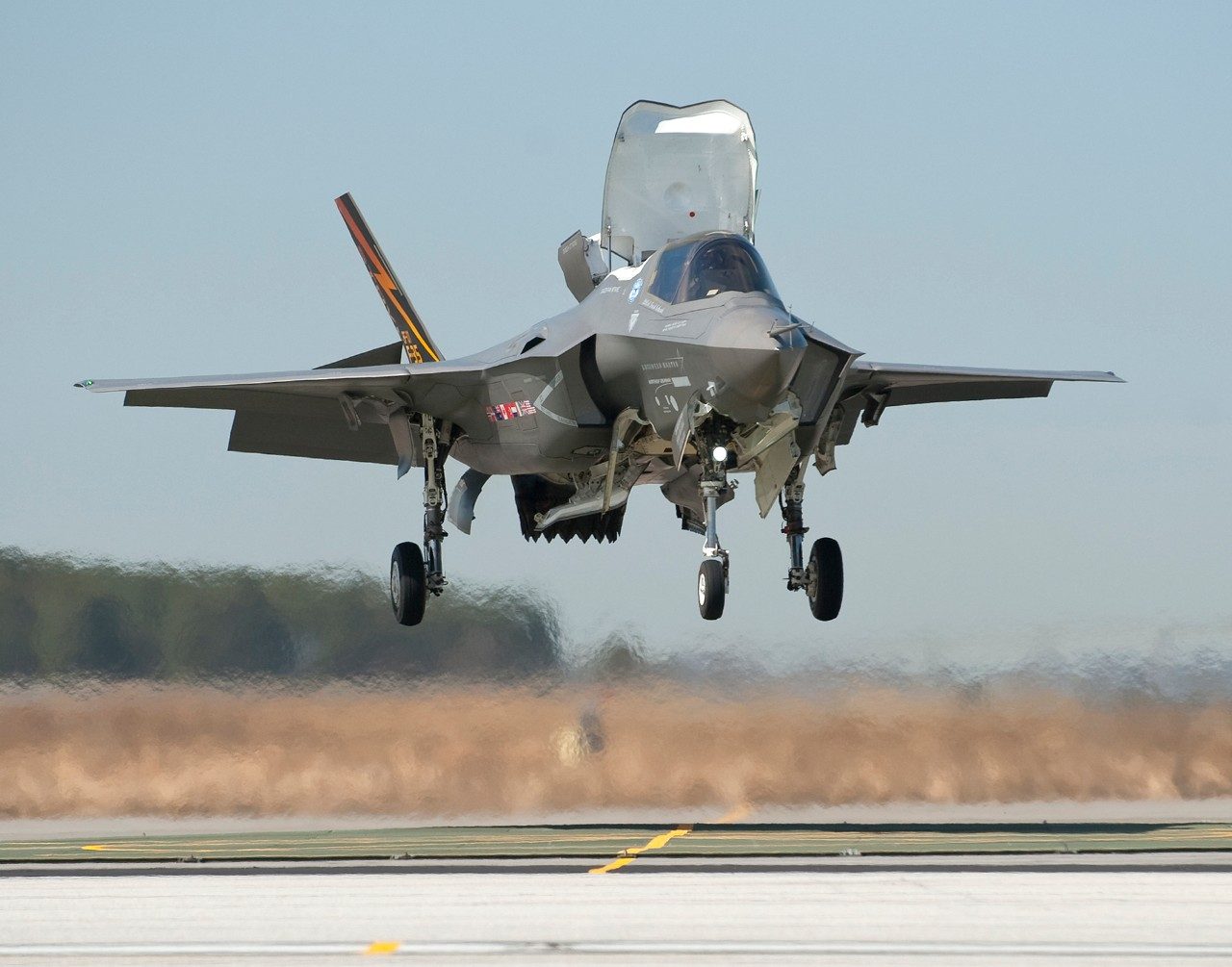
More importantly, though, it makes Singapore the fourth country in China’s neighborhood to operate these warplanes capable of effortlessly coordinating missions by connecting pilots around the region.
When signing the deal, Singapore had clarified that the purchase was for its defense and deterrence and not directed against any third country. However, experts have noted that it does indicate the country’s growing concern about aggressive Chinese posturing in Asia.
Carl Schuster, former director of operations at the US Pacific Command’s Joint Intelligence Center, told CNN, “Singapore probably does not trust China’s assurances that its South China Sea claims are benign, without military intentions and will not result in China taking control of air and sea commerce.”
F-35s Are Crowding China’s Neighborhood
Singapore is located on the South China Sea’s western approaches and has no dispute with China, which virtually claims the entire sea as its sovereign territory. However, it does have interests in the sea lanes that pass through the region and might be closed down in case of a conflict.
According to military experts, Singapore’s F-35B purchase is partly, if not wholly, based on a potential threat China poses. Further, the procurement of 12 F-35 stealth fighters indicates a wider pattern – the proliferation of these fifth-generation combat aircraft in Asia.
In December last year, Thailand said it wanted to have at least 12 Lockheed Martin F-35A Lightning II Joint Strike Fighters in service by 2034. The Royal Thai Air Force (RTAF) Commander-in-Chief ACM Alongkorn Vannarot said the service has decided to acquire two F-35A fighter jets if the US Congress approves.
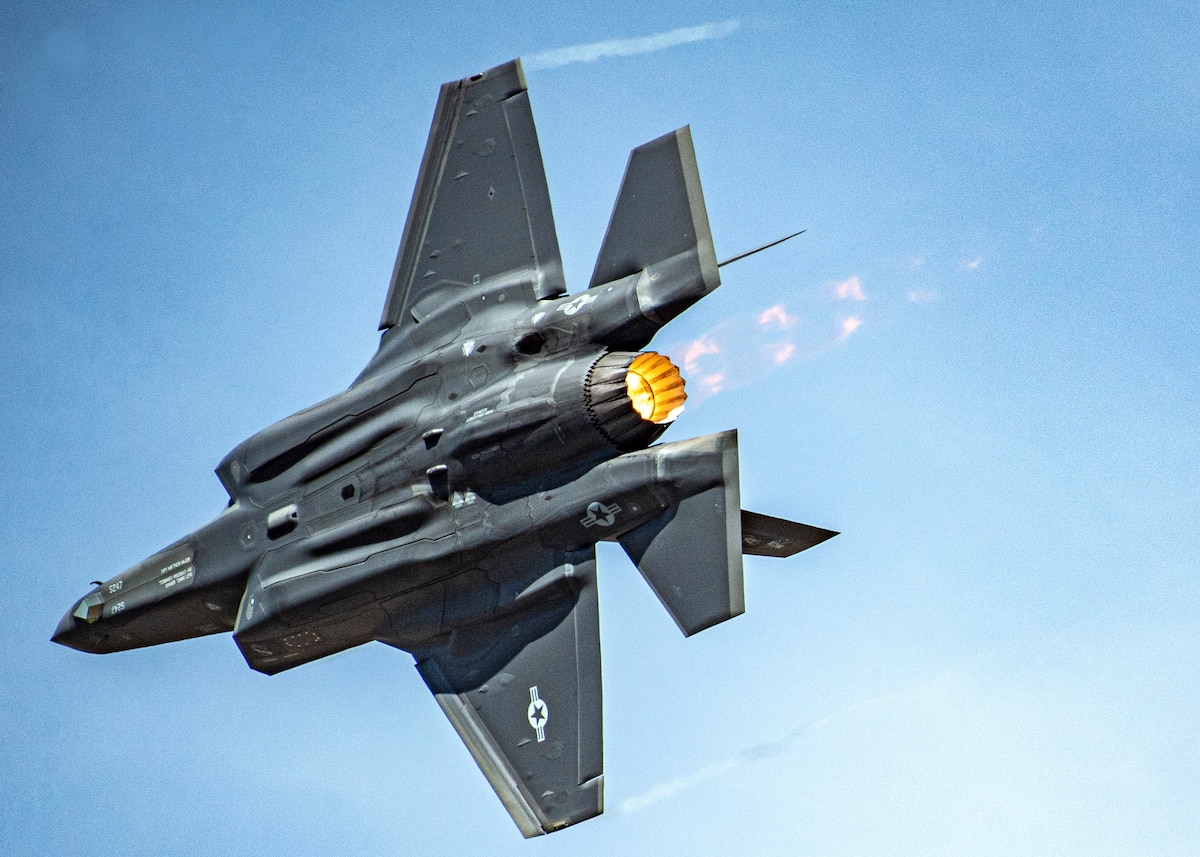
US allies in the region, South Korea and Japan, have their respective operational fleets of US-imported F-35 fighter jets.
Japan plans to acquire 147 F-35s, including 105 units of the air force variant F-35A and the rest of STOVL F-35B. It is procuring a Joint Precision Approach and Landing System (JPALS) for its Izumo – class helicopter carrier. The system would allow Japan to operate Lockheed Martin F-35B Lightning II fighters from the ship.
Another major US ally in the region, South Korea, currently operates 40 F-35A stealth fighter jets and is in the process of acquiring more. In July last year, it announced it would buy 20 more F-35A fighter jets from the United States as a part of its F-X project focused on acquiring foreign stealth fighter jets from 2023 to 2028.
Further, the United States maintains a rotational presence of its F-35 fighter jets in the region, particularly in Japan and South Korea. The past year has also seen an uptick in the joint aerial drills over the region as tensions with China and North Korea continue to mount.
Appeasing the Asian market, the manufacturer of the F-35 aircraft, Lockheed Martin, was also displayed at the Aero India 2023, triggering speculations that the fifth generation stealth fighter could be pitched to India.
The defense attache at the US embassy in India, Rear Admiral Michael L. Baker, recently stated that New Delhi was in the “very early stages” of deciding whether it wanted to purchase the next-generation fighter for its Air Force.
Even though India has not officially confirmed any of these speculations, the speculative reports are bound to infuriate China, which is furiously watching the proliferation of F-35 fighter jets in the Indo-Pacific region.
Some unnamed military insiders told the media that Beijing was increasing the production of J-20s to counterbalance the US’s growing deployment of the F-22, and the F-35, fifth-generation stealth jet fighter, to the region. This development is noteworthy due to rising tensions between China and Taiwan.
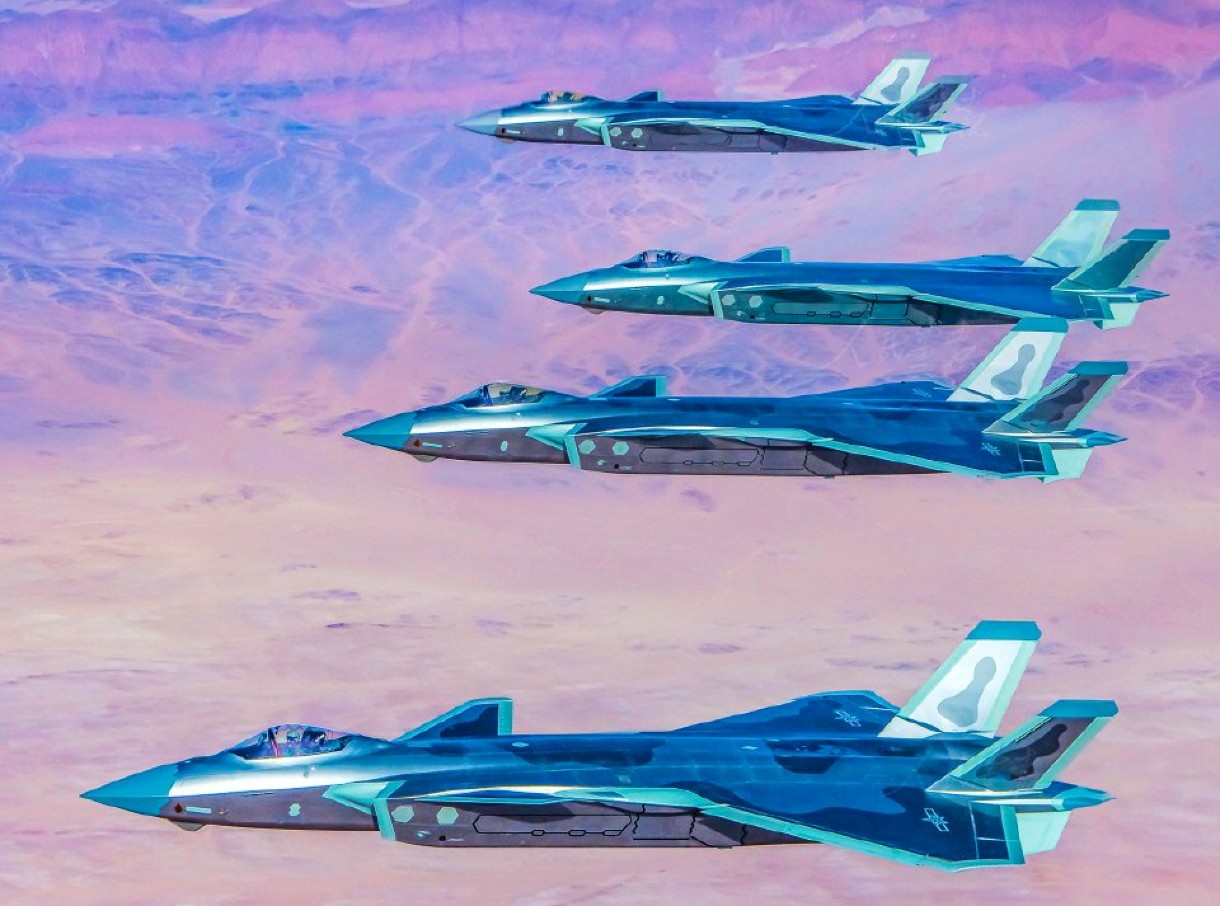
The J-20 entered service in 2017 following the deployment of more than 100 F-35s to Japan and South Korea by the United States. Although China has not specified the number of J-20s deployed, PLA Air Force spokesman senior colonel Chen Jinke said they were operational in all five PLA theater commands.
China, on its part, continues to exert dominance in the Taiwan Strait and has allegedly been preparing for an invasion. In contrast, the United States is arming Taiwan to the teeth and has hinted that it would support the self-ruled island state if it comes under attack by Beijing.
Against that backdrop, the crowding of the region with American F-35s becomes very significant. For example, the F-35B STOVL variant would be helpful if China attacked the airbases in the region since this aircraft does not need runways to take off.
EurAsian Times recently reported on a simulation by the Japanese think tank Sasakawa Peace Foundation that concluded that the United States and Japan could successfully stop Beijing from annexing the island if they got involved in a confrontation between China and Taiwan. However, they would lose over 500 fighter jets, including several F-35s.
The F-35 Lightning II continues to attract customers worldwide and is steadily making inroads in Asia. China, on its part, is watching and is unleashing its fifth-generation J-20s for deterrence.
- Contact the author at sakshi.tiwari9555 (at) gmail.com
- Follow EurAsian Times on Google News

